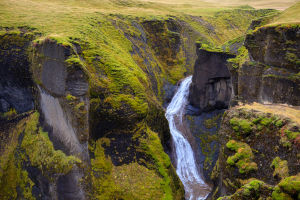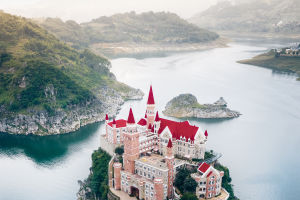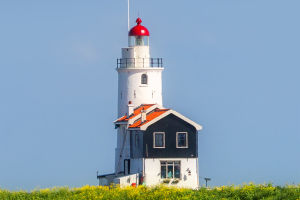Fraser Island, located in the southeast of Queensland, Australia, is the world's largest sand island, covering 1,840 square kilometers - nearly 65% larger than Hong Kong and Macau combined - and almost three times the size of Singapore.
The island was inscribed on the UNESCO World Heritage List in 1992, alongside the Great Barrier Reef and Ayers Rock. Visiting Fraser Island will make you realize how powerful and amazing nature can be.
Sandy soil is considered the poorest soil because it retains a lot of nutrients and water, and deserts are the best examples of this type of soil. However, when you come to Fraser Island, you will see things that you never learned in a classroom.
There are large lakes, tropical rainforests, and rich water resources that have nurtured various plants and animals. The pollution-free environment has resulted in four wonders on Fraser Island.
1. Tropical rainforest versus large sandbar
After 700,000 years, the sand from the Antarctic continent and southern Australia finally piled up on Fraser Island.
Rainforest and sand constantly battle on the island. When some areas of the rainforest on the island become bald after suffering from mountain fires or strong thunderstorm winds, before new vegetation can grow, the wind will keep blowing sand to fill the area, turning it into a small desert surrounded by the rainforest, also known as a sandbar.
There are currently 36 sandbars on Fraser Island, which are located in different parts of the island, both large and small. One on the island is called Kululu Sand State, which is constantly devouring the marginal flora, with the rate of encroachment depending on the size of the wind and the wetness of the sand. The fastest can reach a rate of moving one meter per year.
The plants on the edge of the sandbar, however, are also fighting for their survival space. When the sandbar moves slowly, these plants will resume their growth.
2. The world's unique breed of dingoes
Fraser Island has a unique breed of dog in the world called the dingo, which was brought to Fraser Island from the Australian mainland by indigenous people in ancient times for self-defense.
Nowadays, there are still dingoes on the Australian mainland, but they have been mixed. Only Fraser Island has the purebred dingoes, so it is strictly forbidden to bring foreign dogs to the island. There are currently 30 packs of dingoes on Fraser Island, with about 200 dingoes.
The number of dingoes in each pack varies from 3 to 12. If you encounter a dingo on the island, remember not to run, wave, or clap your hands. Try to let the dingo go before leaving. If a dingo attacks, use any object to defend yourself, such as a stick, backpack, or jacket.
3. The largest number of hanging lakes
Fraser Island has 42 hanging lakes, which is half of the total number of hanging lakes in the world. The most beautiful and famous one on the island is Mackenzie White Sand Lake, which is located at an altitude of 100 meters.
The lake is named White Sand Lake because the silica gel contained in the sand is slowly released after long rainfall and turns into a dazzling white color. In addition to the hanging lake, there are more than 100 freshwater lakes on the island, making it an abundant source of water.
4. Natural beach road airport
There is a 95-kilometer-long beach on the island that runs from south to north, hence the name 75 Mile Beach. It is the only highway on Fraser Island and a landing strip for small aircraft. There is also a historical site here, the ruins of the Maheno luxury cruise ship.
Since Fraser Island has been listed as a World Natural Heritage Site, all residents and hotels on the island are required to strictly comply with environmental regulations. For example, the largest resort on the island, the Kingfisher Bay Resort on Fraser Island, has a rainwater collection system and garbage disposal based on the principle of recycling.
Since there is no industry and few cars on the island, the air is particularly clean and the visibility is excellent, so you can see the superb sunset and the spectacular star river clearly at night.


